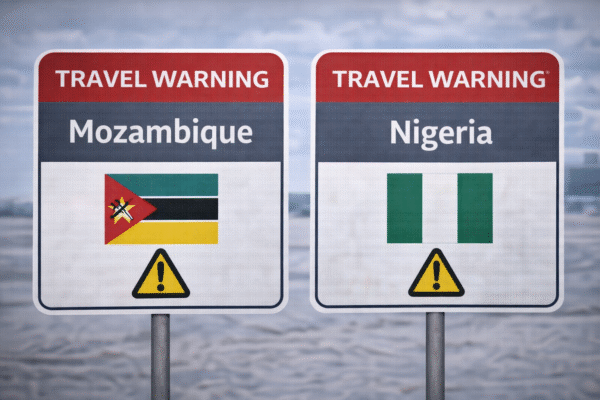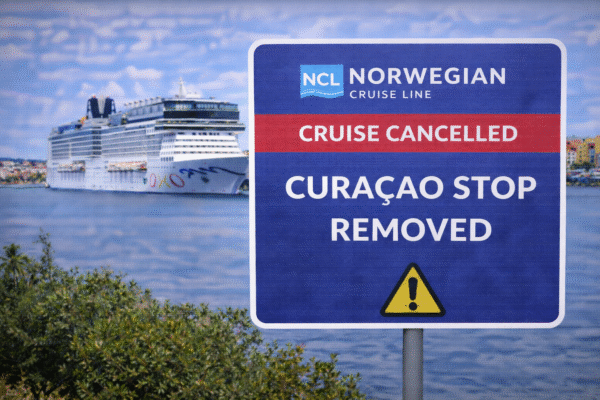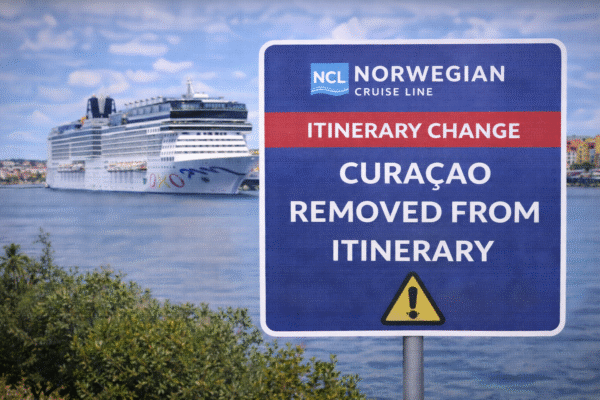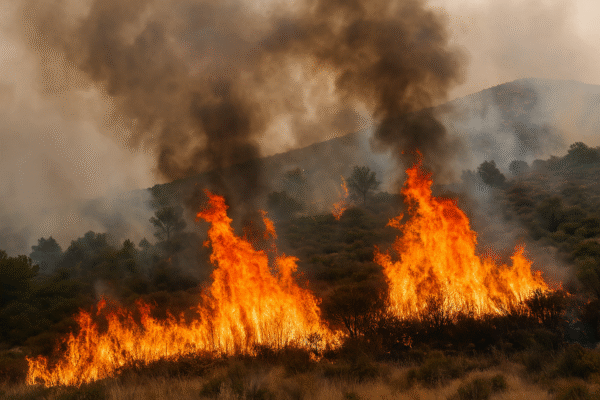Europa is navigating one of its most destructive wildfire seasons in recent memory, with blazes decimating landscapes from southern France to Scotland. Tourists planning trips to iconic destinations — from vineyards in Aude to hiking trails on Mount Vesuvius — must stay alert as conditions evolve.
France: Largest Wildfire Since 1949 Disrupts Wine Country and Travel Plans
Southern France’s Aude region is facing its most significant wildfire in decades, scorching over 16,000 hectares—an area larger than Paris—and resulting in one fatality, several injuries, and mass evacuations. Over 1,400 firefighters continue efforts to douse lingering hotspots as access to forests remains banned.
Italy: Mount Vesuvius Hikers Halted as Flames Engulf Volcanic Woods
Wildfires have encroached upon Mount Vesuvius, burning hundreds of hectares of pine forest and leading authorities to close visitor trails as firefighting operations intensify. Despite the closure, Pompeii’s archaeological site remains open.
Turkey: İzmir’s Fires Force Mass Evacuations Amid Record Heat
Western Turkey, especially İzmir Province, has been ravaged by wildfires driven by extreme temperatures and fierce winds. More than 50,000 residents have been evacuated, with extensive damage to homes, forests, and infrastructure. Although fatalities haven’t been reported, many have suffered from smoke inhalation.
Cyprus: Deadly Blaze Near Limassol Sparks Cross-Border Firefighting
In late July, a chilling blaze near Malia in southern Cyprus claimed two lives, inflicted injuries on dozens, destroyed dozens of buildings, and forced evacuation of over 16 communities. Multiple countries—including Spain, Israel, Jordan, and the UK—have sent firefighting assistance.
Scotland: Iconic Arthur’s Seat Catches Fire During Peak Tourist Season
Wildfires have even reached Edinburgh’s famously scenic Arthur’s Seat, forcing evacuations of hikers and temporarily halting access to one of the city’s most visited attractions.
Broader Europe: Record-Breaking Heat Fuels Firestorm Across the Continent
As of early July, EU wildfire reports show over 200,000 hectares burned—more than twice the long‑term average. A relentless heatwave pushing temperatures above 40 °C in nations like Spain, Italy, Greece, and Portugal has heightened both fire and health risks.
Should Tourists Be Worried? Travel Advice Amid the Flames
- Stay Informed: Monitor updates from local governments and trusted travel advisories. Many regions have not issued outright travel bans; for instance, neither the UK FCDO nor US State Department advises against travel to France or Turkey solely due to wildfires.
- Check Conditions and Route Adjustments: With closures at major sites like Vesuvius and restricted access to forests in France, double‑check your itinerary and stay connected with tour operators.
- Be Ready for Evacuations: Ensure you’re signed up for local emergency alerts. In Greece, the government has launched a system that sends real‑time alerts to mobile phones in affected zones. Confirm hotel proximity to fire zones and evacuation routes.
- Travel Insurance Awareness: Most policies don’t cover voluntary cancellations unless an official travel warning, embargos, or natural disaster declaration is in place. Always review your coverage carefully.
- Health and Safety Precautions: Wildfires worsen air quality and can trigger heat-related illnesses—especially for vulnerable travelers. Stay hydrated, avoid outdoor activity during peak heat, and carry masks if necessary.
Final Word
The summer of 2025 has challenged Europe’s iconic landscapes and tourist destinations with fierce wildfires intensified by record heatwaves. While it’s premature to issue continent-wide travel bans, these events are a stark reminder: climate-fuelled disasters are impacting destinations once deemed safe. Staying prepared, staying informed, and maintaining flexibility will make the difference between a disrupted holiday and a safe, adaptive one.
For more travel news like this, keep reading Global Travel Wire



















